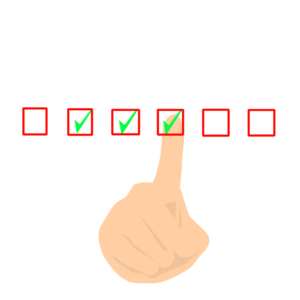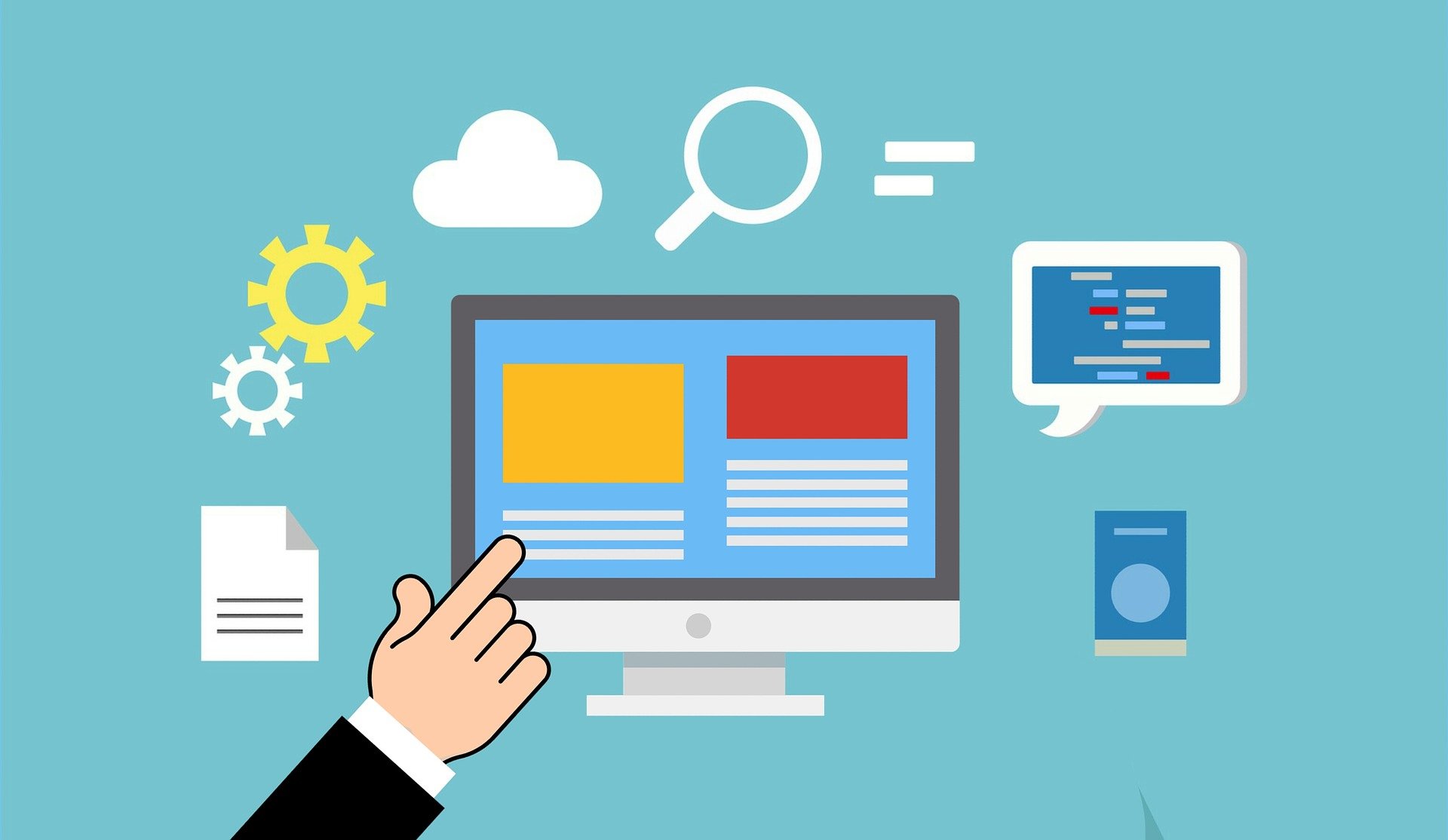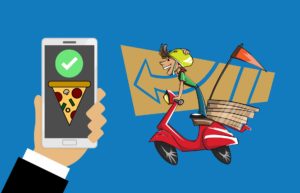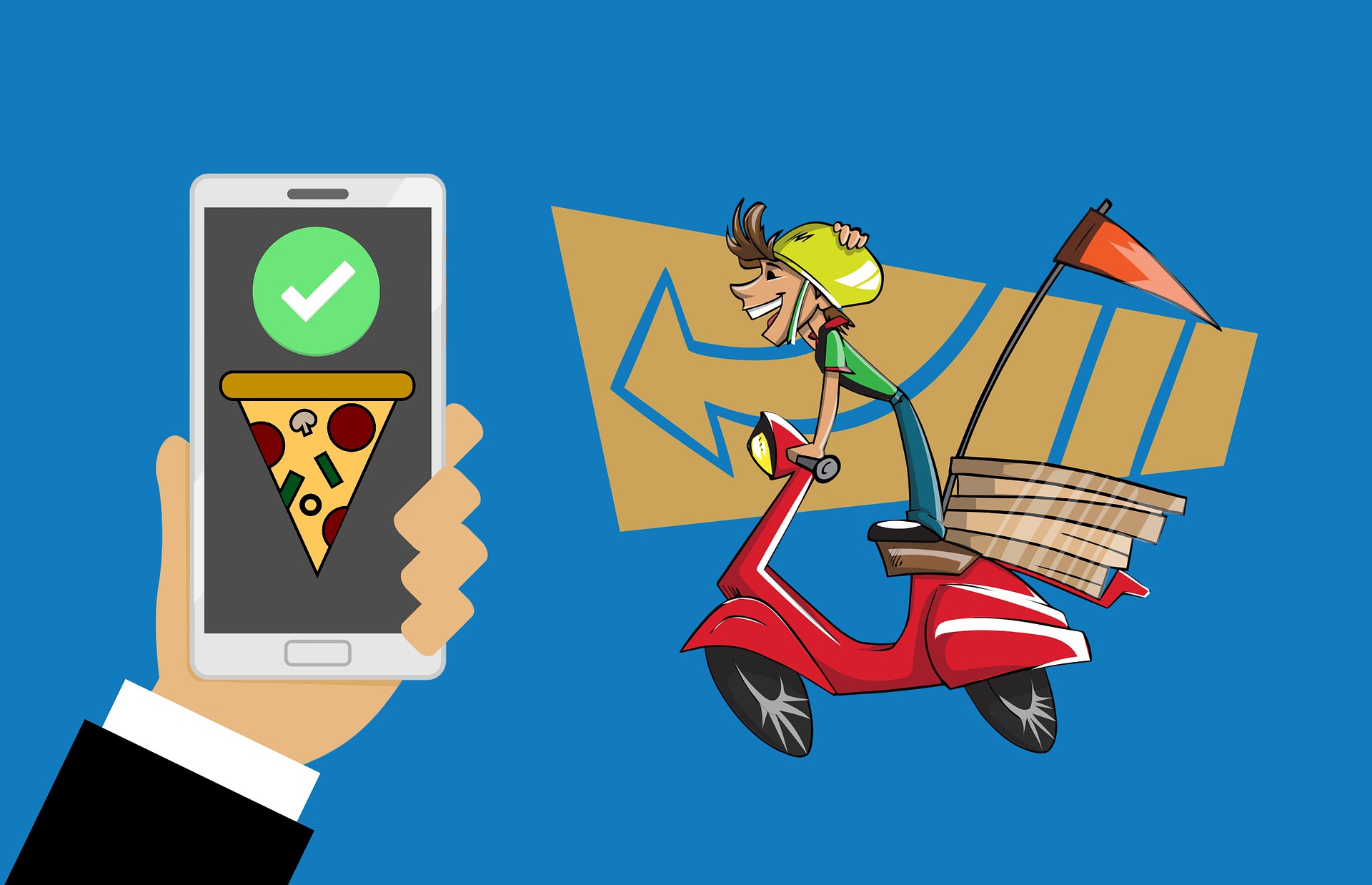The importance of Guest Data in a Post-Pandemic World of Takeout and Delivery
The trend curve for consuming restaurant food off-premises may be flattening, but surveys tell us that higher than normal levels of takeout and delivery and business are here to stay for the long term in a post-COVID-19 world.
Delivery and takeout, however, omit one crucial part of the restaurant experience for consumers: service. They also seem to leave out a crucial part of dine-in interactions for restaurants, guest data, and without this, it is hard for a restaurant to know much about itself or its customers. But all is not lost! The technology now employed to facilitate takeout and delivery orders simultaneously facilitates data capture too.
In a now overcrowded field of restaurants clamoring for each and every customer’s attention, restaurants need to be smart about how they collect and use customer data to increase the chances that their business will continue to thrive and survive in this new data-driven world.
What is Guest Data?
Guest data is exactly that, information about a specific restaurant’s guests. Guest data falls into two categories:
Customer Information - Who they are, what their ages are, who they eat with at a location, etc.
Customer Feedback - “My meal was great”, “my meal was inedible”, etc.
Guest data is vital to the continued success of a restaurant because, without it, there is only so much managers and owners can improve as they look at their location from an inside-looking-out perspective. Customer information and customer feedback provide a valuable, unbiased, outside-looking-in perspective that only a customer can provide.

How to Collect Guest Data
Now that restaurants no longer interact in-person with many of their guests, data collection seems to has become trickier, but it is not impossible. In fact, it may even have become easier, and many restaurants have developed intuitive methods of collecting unbiased data from takeout and delivery orders.

Packaging - Placing a QR code, phone number, or web address, on the packaging used for off-premises orders provides the recipient with an easy and highly visible way of interacting with a business.
Leaflets - Placing a leaflet inside an order bag with a QR code, phone number, or web address on it is another way for restaurants to obtain guest data.
Phone Calls - If an order was placed by phone the restaurant manager can use this to contact the customer a certain amount of time after they’ve received their order to check on the quality of their food.
In-App Signup - If a restaurant has a proprietary app they can offer customers the opportunity to sign up, thus providing their data.
All of these methods offer some form of data capture, whether it be customer feedback, or the opportunity to capture marketable information like emails and phone numbers. All of the above methods allow for the capture of data that can allow a restaurant to contact this customer further down the line; either to inform them of a promotion or to just send them some marketing materials designed to entice customers back through their doors.
The chance of data capture through packaging and leaflets can be significantly improved if the customer is motivated by a promotion tied to the signup. Promotions are an excellent way to capture customer data because the customer has extra motivation to give the data to the restaurant.

Where Can Guest Data Be Utilized?
Guest data can be used to improve a restaurant in two areas:
- To better inform marketing materials designed to draw customers both new and old into a location.
- To improve the quality of various aspects of a restaurant’s services and offerings.


How Can Guest Data Be Utilized?

Customer information can be utilized to inform improvements related to area No. 1 above. Customer information can help a restaurant to improve their understanding of who their target market should be along with how to best target that market with their marketing materials; from individualized targeted marketing to general promotional materials designed to draw both new and existing customers into a location.
Customer feedback is related to improvement area No. 2 above. Customer feedback is vital to the continued improvement and success of a restaurant. If customers are not happy with the product they’ve received then they are not going to purchase it again, and will warn their friends about it. If a business doesn’t know this they cannot change or improve their product and sooner or later this lack of feedback is going to catch up with them.
Arguably restaurants should first focus on improvement to area No. 2 before improvement area No. 1 because offering a good product is more vital to the long term success of a restaurant than the quantity of customers who come through the doors.

The Benefits of Online Guest Data Collection
Collecting data from takeout and delivery orders is actually much easier than it is from in-person service. This means that location’s can utilize these platforms as springboards to learn much more about their customers and their operations.
From a customer information perspective, customer’s are required to leave some form of contactable information to help facilitate their takeout or delivery order; whether that be through a third party service or a proprietary one. This provides restaurants with at least a basic customer data to help them inform their marketing, and also for them to send marketing materials to.

From a customer feedback perspective offering customer’s the opportunity to leave feedback through a digital platform can provide more transparent feedback than that given in a face-to-face environment. In a face-to-face environment people are always aware of their words and that means that, more often than not, negative feedback -which is the most useful kind of feedback- is either toned down or left out entirely. Utilizing digital feedback platforms allows customers to provide honest feedback without the fear of offending anyone.
Closing Statement
We are living in a data driven economy. Utilizing customer data is how Amazon got to where it is today, and it is how the likes of Google and Facebook -companies who provide free services and sell their consumers data for others to use to better inform their marketing- became some of the most highly valued and most powerful companies in the world.
From this data driven viewpoint we can see that guest data is crucial to a restaurant’s success and that both customer information and customer feedback are important data points that can offer a restaurant different insights into how to improve their products and their strategy; increasing their chance of long term success.
With customer’s no longer dining on premises en masses, restaurants have to become creative about how they continue to capture the crucial data points that are critical to their continued improvement and overall success.